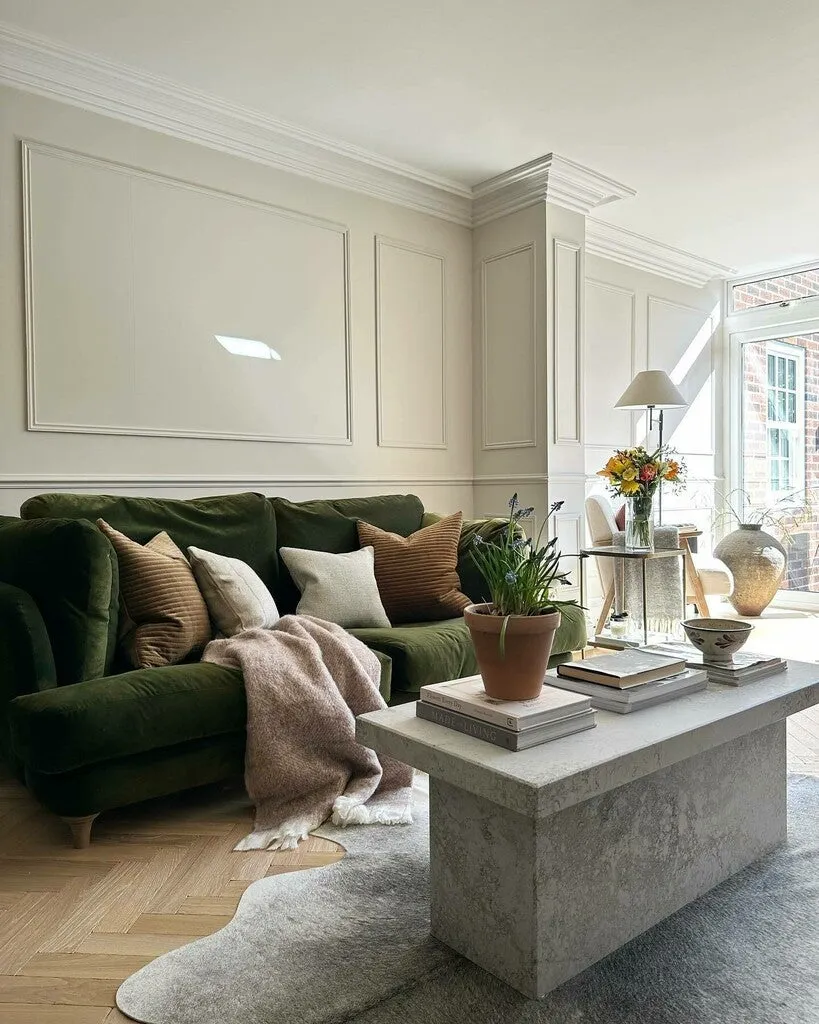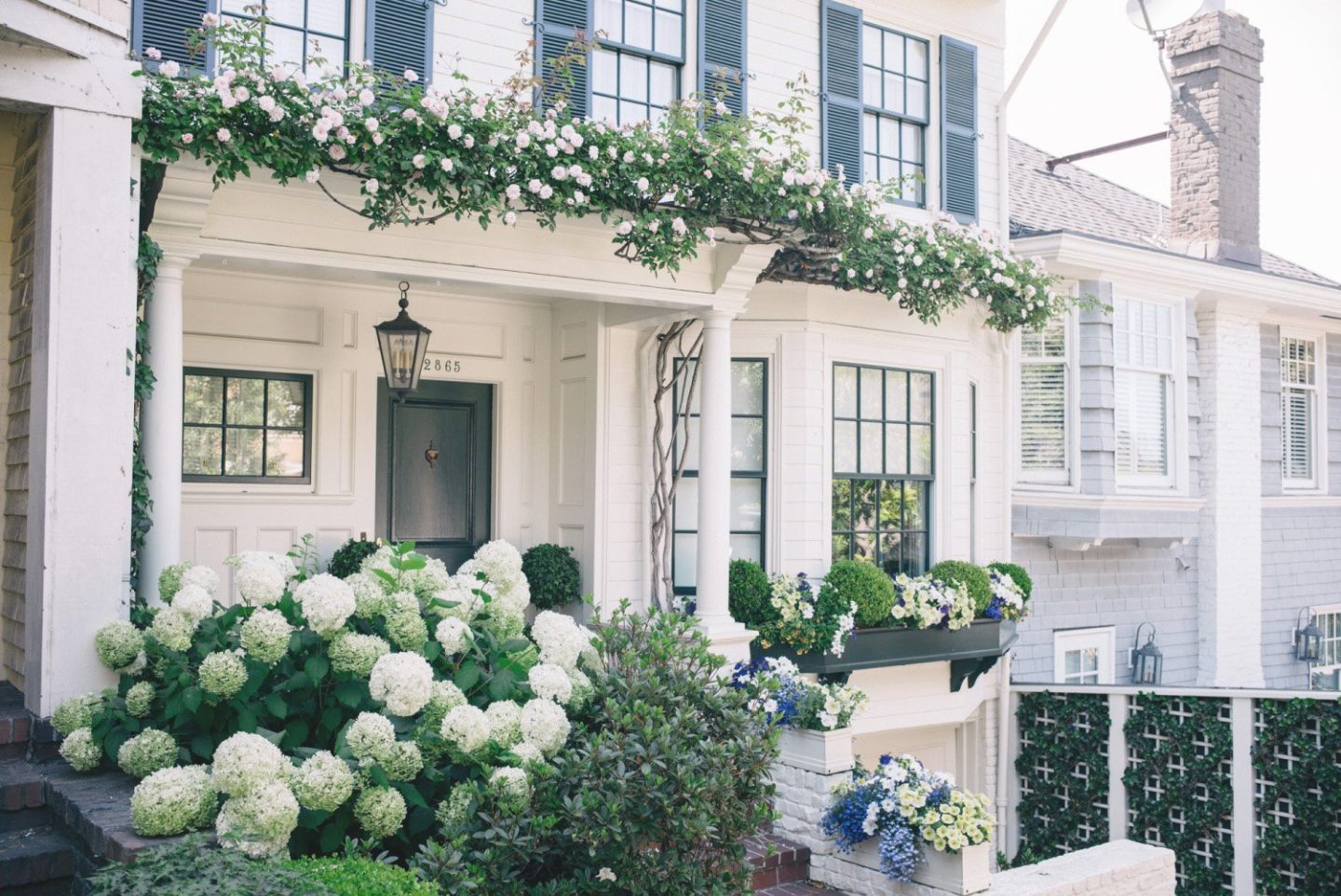When you walk into a bright and airy home, you will always find that it feels more inviting, spacious, and uplifting. Natural light enhances your mood, reduces the need for artificial lighting, and can even make your space look bigger. But if your home feels a little dark or dull, don’t worry—there are plenty of clever ways to maximize light and create a brighter environment.
Whether you’re working with a compact space or just want to enhance the natural light you already have, here are some practical tips to help you bring more brightness into your home.
The Benefits of a Bright Home
People generally enjoy being in a bright environment. There is definitely a time and place for darker, more cosy vibes. If you’re trying to relax before bed, for example, mood lighting is a must.
However, throughout the day, brighter lighting not only more practical, but much more aesthetically pleasing. It even makes you feel more awake and alert, so you can get on with the day from the morning onwards.
Light is good for your mental and physical health, as it improves your circadian rhythm and helps you sleep better. Natural light is even better, as it improves your vitamin D production, which has a positive effect on your mood and physical health too. This is why you might find that you have a lower mood in winter, especially when you’re dealing with long nights and short days.
1. Use Light Colors on Walls and Ceilings
The colors you choose for your walls and ceilings play a huge role in how light is reflected around your space.
- Opt for white or soft neutrals – White, off-white, or light beige reflect more light than darker shades.
- Paint the ceiling lighter than the walls – This creates an illusion of height and openness.
2. Hang Large Mirrors to Reflect Light

Image via: @advanessafaivre
Above paint colours: Wimborne White and French Gray
Mirrors are one of the easiest ways to bounce light around a room and make it feel larger.
- Place a mirror opposite a window – This reflects light deeper into the room.
- Use mirrored furniture or decor – A mirrored coffee table or metallic accents can subtly enhance brightness.
- Create a gallery wall with mirrors – Instead of artwork, a collection of mirrors can double the impact of natural light.
3. Keep Windows Clean and Unobstructed

Image credit: @reviving_no37
Paint Colours: Wevet and Skimming Stone
Natural light is one of the best sources of light you can get. In the summer, you get loads of natural light, so it’s best to get the most out of it while you can.
Use blinds and curtains to control the lights. Roman blinds are simple to use and attractive. Depending on the material, they can let some light through or completely block it out, which is ideal for night shift workers who need to sleep through the day and want a darker room.
Some blinds and patterns create patterns with natural light. You can also use curtains to diffuse the light, while still keeping the brightness in your home and providing a good measure of privacy. This is ideal in the summer when you want your home to be nice and bright, but without the harshness of the sun right in your eyes.
Dirty windows or cluttered window sills can reduce the amount of light entering your home.
- Regularly clean your windows – Even a thin layer of dust can reduce brightness.
- Trim overgrown trees or bushes – This prevents them from blocking natural light.
- Avoid placing bulky furniture in front of windows – Opt for low-profile seating or clear furniture to keep the light flowing.
4. Use Glass and Reflective Surfaces
Incorporating glass and glossy finishes can help reflect and amplify natural light.
- Glass doors or partitions – These allow light to travel between rooms.
- Glossy tiles or backsplashes – Perfect for kitchens and bathrooms to enhance brightness.
- Acrylic or glass furniture – A glass coffee table or clear acrylic chairs keep the room open and light.
5. Layer Your Lighting
If natural light is limited, smart artificial lighting can help brighten up your home.
- Layer your lighting – Use a mix of overhead, task, and accent lighting.
- Opt for LED daylight bulbs – These mimic natural light and create a bright, inviting glow.
- Use wall sconces or floor lamps – These can brighten darker corners without taking up too much space.
6. Choose Light Flooring and Rugs
Dark floors can make a room feel smaller, while lighter flooring helps reflect light. Go for light wood, whitewashed, or neutral-colored flooring – This enhances brightness. You could also trying using light-coloured rugs. If you have dark floors, a cream or beige rug can balance the space.
7. Incorporate Open Shelving and Minimalist Decor
A clutter-free space feels brighter and more open.
- Use open shelving instead of bulky cabinets – This prevents walls from feeling heavy.
- Keep decor minimal – Too many items can make a room feel closed in and darker.
- Choose furniture with exposed legs – Sofas, tables, and chairs with visible legs allow light to travel underneath, creating a more open feel.
Final Thoughts
Maximising natural light doesn’t always require major renovations. Sometimes, small tweaks like using mirrors, choosing the right colours, and keeping windows clear can make all the difference. Whether you’re working with a naturally bright space or trying to enhance a darker room, these tips will help create a lighter, airier, and more inviting home.




Leave a Reply